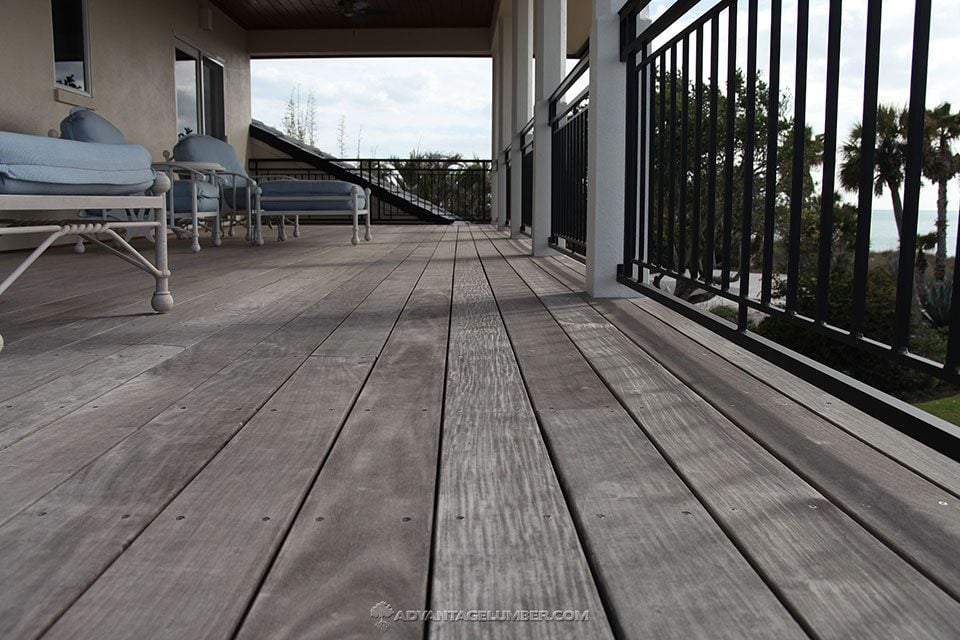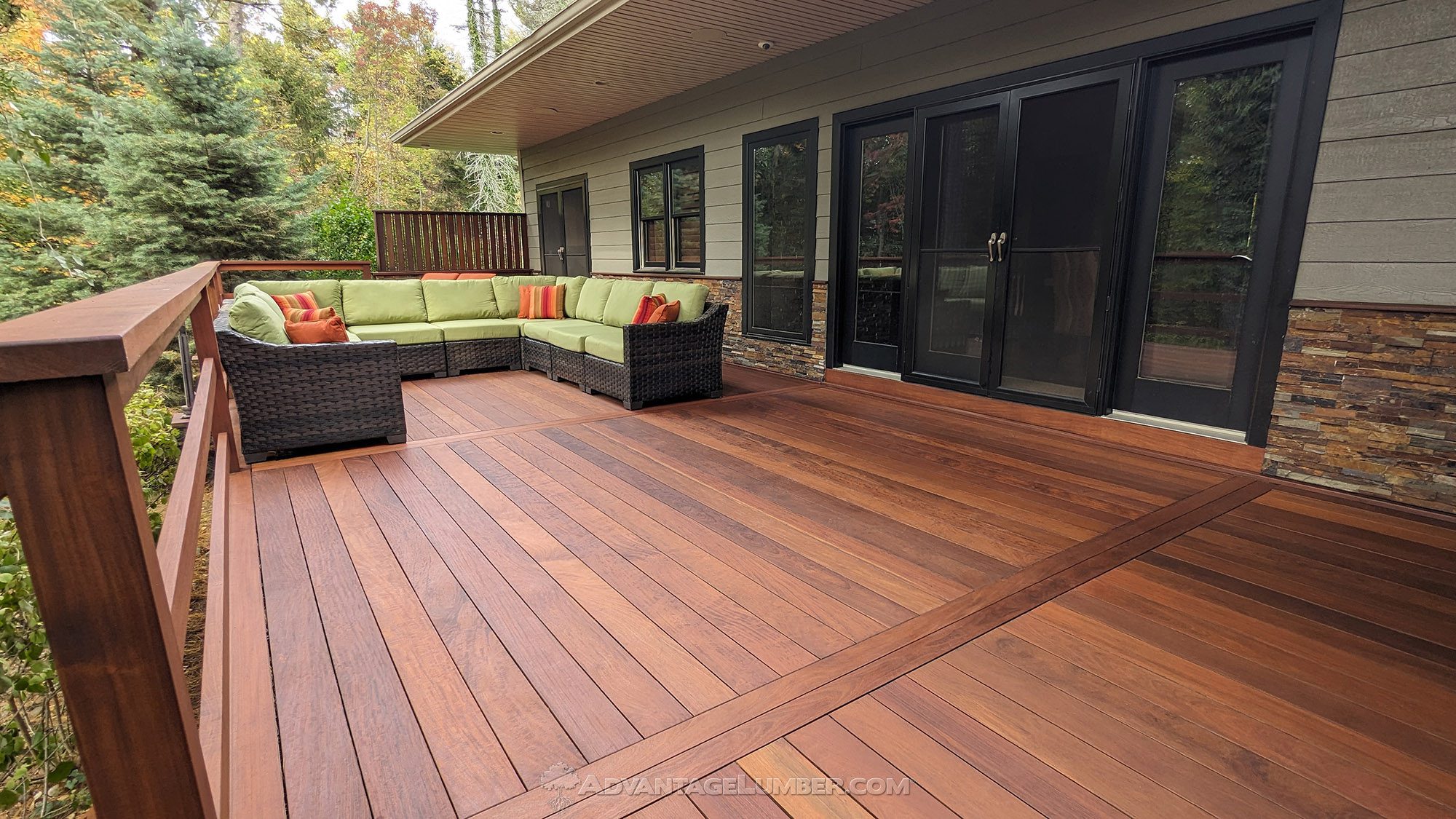When considering options for decking materials, homeowners and builders often face a myriad of choices, each with its own set of benefits and drawbacks. Among these, Ipe decking stands out as a premium option known for its durability and aesthetic appeal.
But the question remains: is Ipe decking worth the cost?
The Durability of Ipe Decking
One of the most compelling arguments for investing in Ipe decking is its unparalleled durability. Ipe wood, also known as Brazilian Walnut, is renowned for its hardness and resistance to wear and tear. Unlike pressure-treated wood, which requires regular applications of water sealers to prevent decay and extend its lifespan, Ipe naturally resists rot, insects, and weathering.
Maintenance: Preserving Beauty, Not Lifespan
While Ipe does require some maintenance to maintain its rich, natural color, this is largely a matter of aesthetic preference rather than necessity. Regular oiling can help preserve its deep brown hues, preventing it from weathering to a silver-grey patina.
However, this maintenance is not essential for preserving the wood’s integrity. In contrast, softwoods like pressure-treated pine demand more frequent and rigorous maintenance to ensure its longevity.
Proven Longevity in Commercial Applications
Perhaps the most compelling evidence of Ipe’s durability comes from its performance in demanding commercial applications. Notably, Ipe decking was used on the Coney Island boardwalk, where it has demonstrated an impressive lifespan of over 70 years. This kind of long-term performance is unmatched by other decking materials, making Ipe a wise investment for those looking for longevity and reliability.
Comparing Composite and PVC Decking
In recent years, composite and PVC decking materials have gained popularity due to their low maintenance requirements and aesthetic versatility. Many of these products come with warranties of up to 50 years, promising long-term performance.
However, it’s important to note that some early versions of composite and PVC decking faced recalls and class-action lawsuits due to issues with their original formulas. These challenges have led manufacturers to improve their products significantly.
Today, the newer formulas of composite and PVC decking have addressed many of these initial issues. As a result of the improvements, Advantage Lumber has decided to offer the more reputable synthetic decking products to our customers. Despite these improvements, there remains some uncertainty about their true long-term durability, given the relative newness of the updated formulas.
The Investment Value of Ipe Decking
So, is Ipe decking worth the investment? For those seeking a decking material with a proven track record of longevity, the answer is a resounding yes. Ipe offers a unique combination of natural beauty, low maintenance, and unparalleled durability, making it an excellent choice for those who view their decking as a long-term investment.
Moreover, for homeowners who appreciate the weathered, grey deck look, Ipe stands out as the ultimate low-maintenance decking material. Allowing Ipe to age naturally requires minimal effort while still maintaining its structural integrity and charm.
When Ipe turns grey it does not get large cracks and splinters like Pressure treated pine. Below is a picture of an Ipe deck that has been allowed to turn grey. You can still see the beautiful grain and smooth deck surface so it remains a pleasure to walk on barefoot.

Conclusion
In conclusion, Ipe decking justifies its higher initial cost through its longevity, durability, and low maintenance requirements. While composite and PVC decking materials have made significant strides and now offer competitive alternatives, Ipe remains a top choice for those looking for a time-tested, reliable, and beautiful decking material. Investing in Ipe decking is investing in a product that has proven its worth over decades, providing peace of mind and enduring quality.
